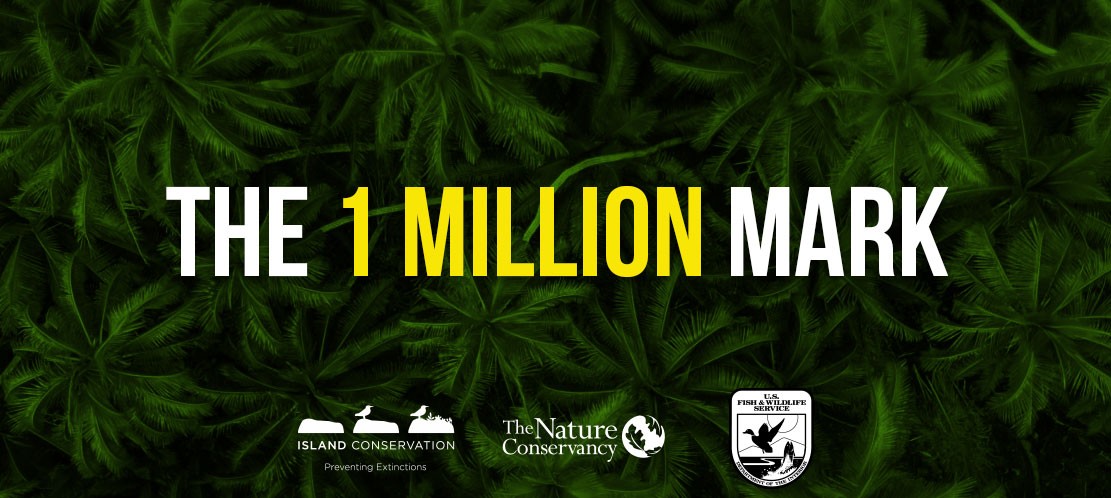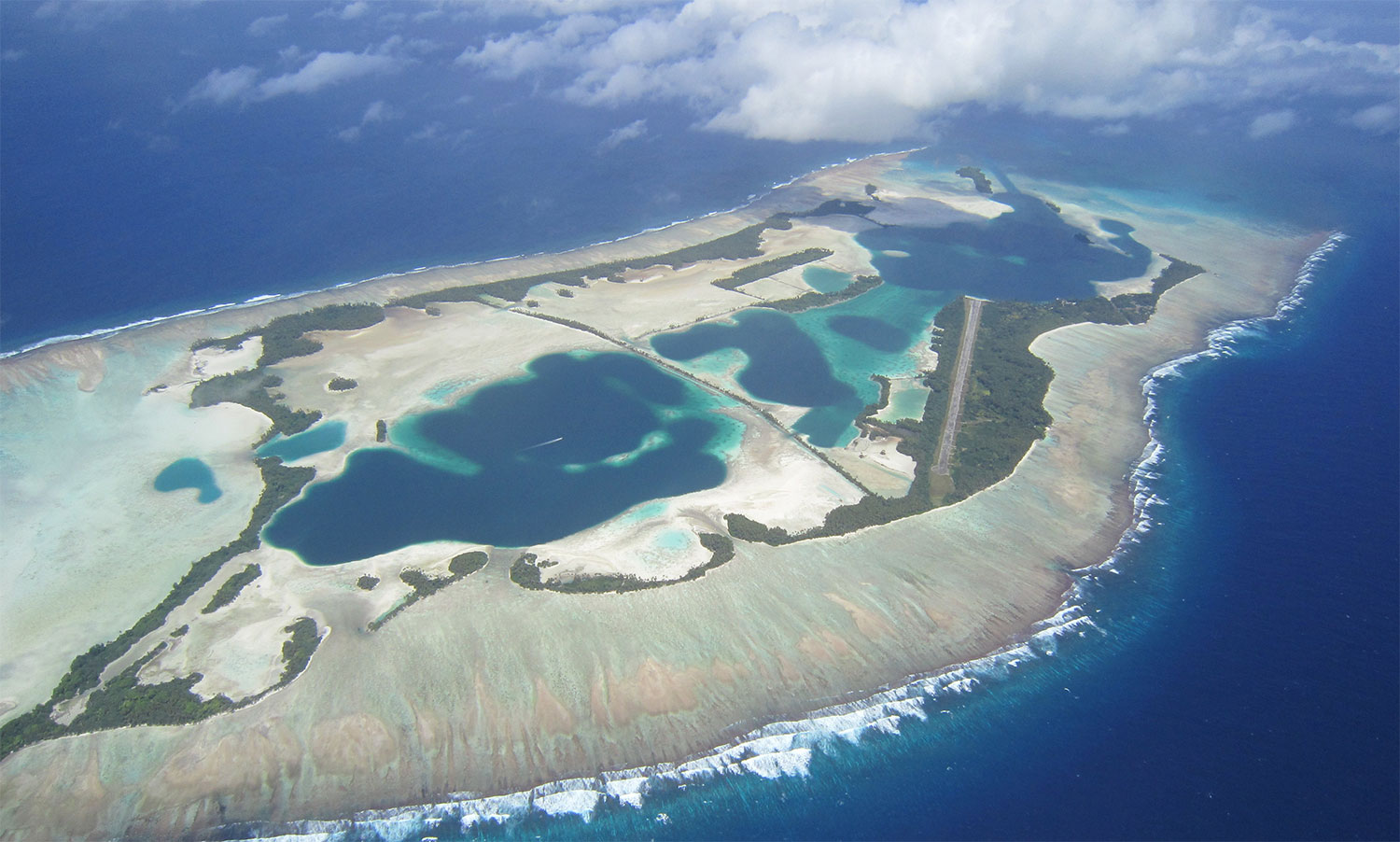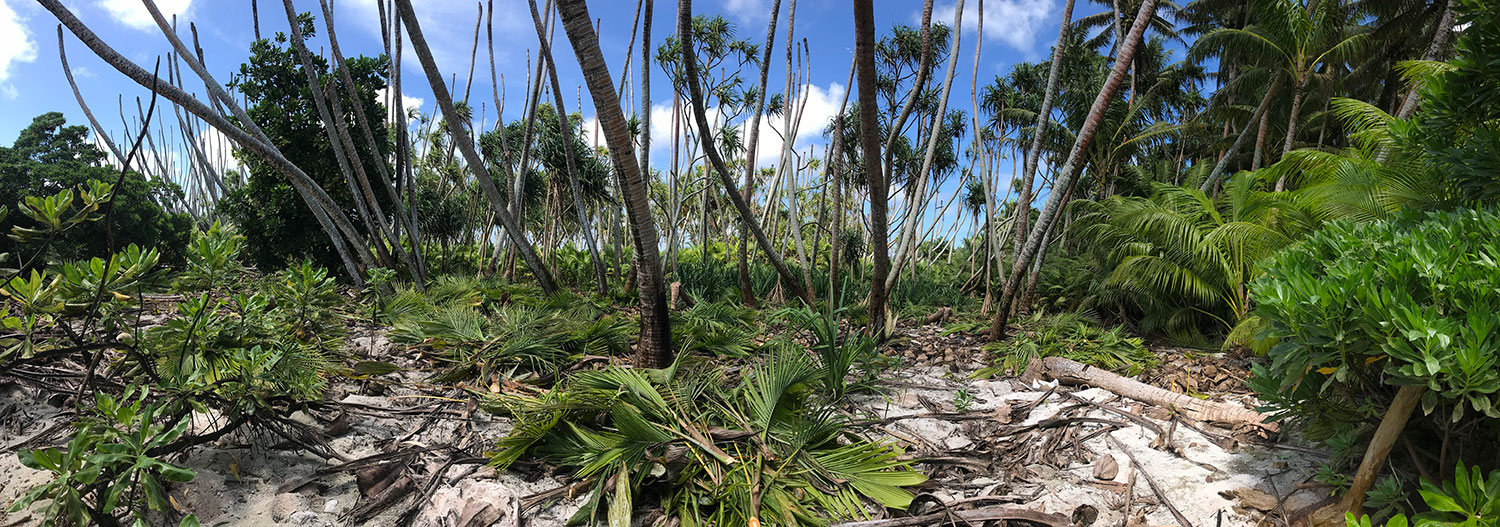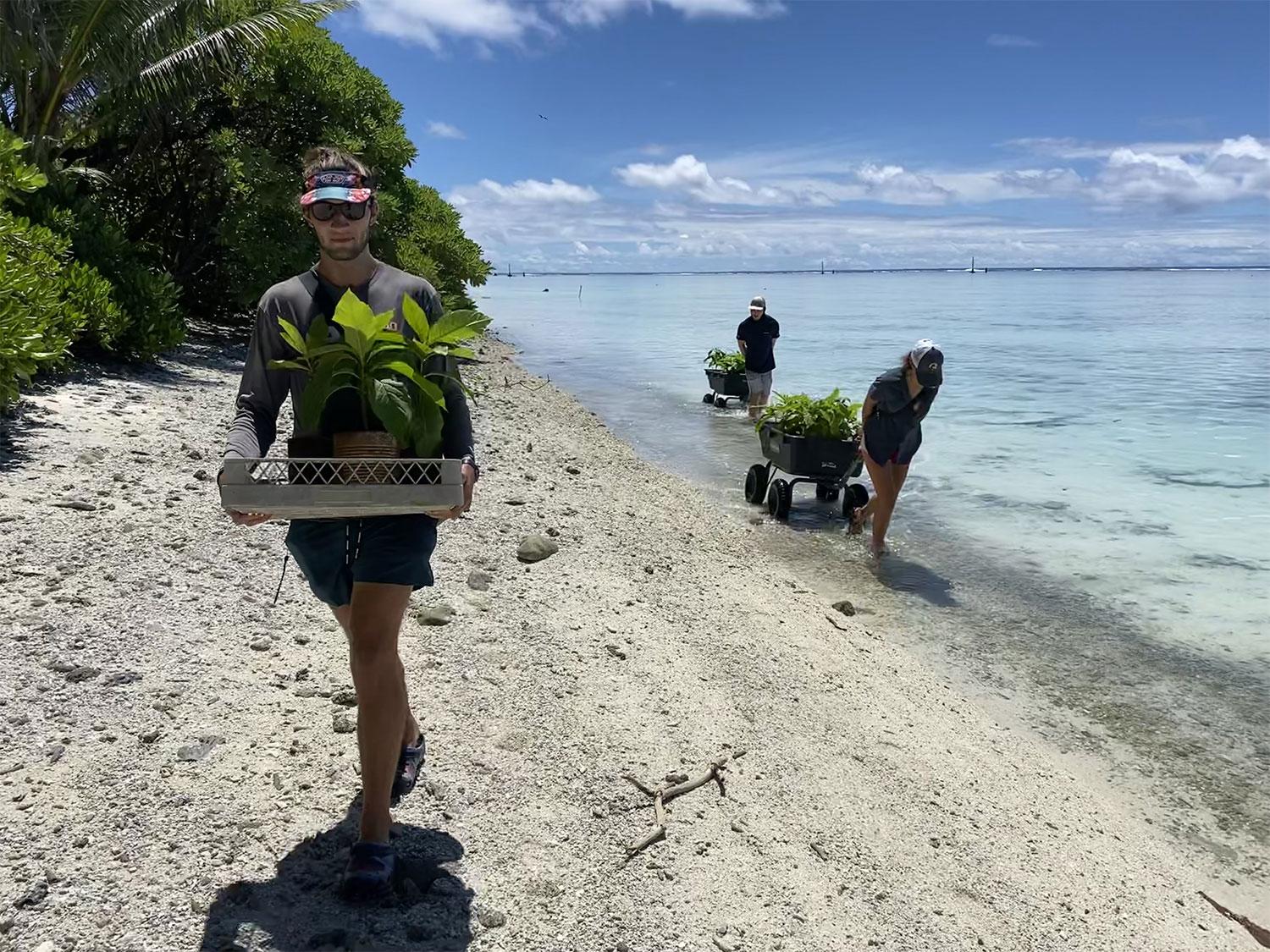March 11, 2025
Press Release: New eDNA Tool Can Detect Invasive Rodents Within an Hour
New environmental DNA technology can help protect vulnerable island ecosystems from destructive invasive species.
We use cookies to help you navigate efficiently and perform certain functions. You will find detailed information about all cookies under each consent category below.
The cookies that are categorized as "Necessary" are stored on your browser as they are essential for enabling the basic functionalities of the site. ...
Necessary cookies are required to enable the basic features of this site, such as providing secure log-in or adjusting your consent preferences. These cookies do not store any personally identifiable data.
Functional cookies help perform certain functionalities like sharing the content of the website on social media platforms, collecting feedback, and other third-party features.
Analytical cookies are used to understand how visitors interact with the website. These cookies help provide information on metrics such as the number of visitors, bounce rate, traffic source, etc.
Performance cookies are used to understand and analyze the key performance indexes of the website which helps in delivering a better user experience for the visitors.
Advertisement cookies are used to provide visitors with customized advertisements based on the pages you visited previously and to analyze the effectiveness of the ad campaigns.
Looking to make an impact this Earth Month? Here’s how.

On October 21, 2021, field staff and volunteers from the U.S. Fish and Wildlife Service (USFWS), Island Conservation and The Nature Conservancy (TNC) reached the halfway point in efforts to control introduced coconut palms on the atoll to allow for recovery of native rainforest.
“The bulk of the credit for this accomplishment goes to the 25 full time volunteers who dedicated months of their lives to living at Palmyra and together accumulated over 4,700 person hours of manual labor, as well as to our staff and partners who continue to support the mission,” says Stefan Kropidlowski, Deputy Superintendent with the U.S. Fish and Wildlife Service. “We still have a lot of work to do but just taking a moment to acknowledge the progress that has been made is inspiring.”

Located 1,000 miles south of Hawai‘i in the Central Pacific Ocean, Palmyra Atoll—a USFWS National Wildlife Refuge, TNC Preserve and Mission Blue Hope Spot—has been transformed through attempts at copra (coconut) farming in the mid-19th century. Later, WWII-era dredging and land reclamation brought other threats, including rats and mosquitoes, which further degraded the landscape over time.
Almost immediately following the successful removal of rats in 2011, invasive coconut palms sprang up across the atoll. Without rats to eat them, rapidly growing coconut palms formed dense stands, outcompeting native trees. By 2016, an estimated 29,000 adult palms and two million seedlings covered the atoll’s islands. To reverse the palm’s dominance and restore Palmyra’s native rainforest, the three conservation partners initiated the Palmyra Atoll Rainforest and Reef Resilience Project (PARP) in April 2019.

“Palmyra Atoll allows us to test removal methods for invasive coconut palms and monitor the recovery of native vegetation, potentially developing a roadmap that could advance island restoration goals on atolls across the Pacific,” says Mele Khalsa, Island Restoration Specialist with Island Conservation.
Vegetation recovery is a critical PARP goal because branching native trees provide more suitable habitat for native seabirds. Roosting in the native trees, seabirds’ nutrient-rich guano seeps into the surrounding land and marine environment, feeding phytoplankton which in turn nourish fish and corals. The team is restoring the native tropical rainforest by replacing approximately two million palms with native trees. Today, the operation reached a significant milestone, surpassing one million palms!
In late 2020, Pisonia grandis, a native tree favored by seabirds for nesting, underwent a masting event—dispersing seeds across the atoll in numbers not seen in almost a decade. To supplement the natural recovery, field teams are growing seedlings and hand-planting native tree species where coconut palms have been removed.

Restoring the native rainforest will enhance rainforest and coral reef resilience to climate change impacts. Palmyra’s remoteness provides a natural laboratory to study climate resilience and better understand the cascading benefits of protecting island ecosystems.
“Our work to reinstate Palmyra’s native rainforest provides opportunities to better understand the land and sea connection and identifies best practices that can help other coastal areas around the world adapt to climate change,” says Katie Franklin, Science Manager for TNC’s Palmyra Program.
Despite the pandemic, PARP partners and volunteers made significant progress over the last two years, controlling one million palms, about half the target. Completion of the project to control the remaining million trees is estimated by 2024.
Island Conservation is a global, not-for-profit conservation organization that prevents extinctions and restores islands. We work where the concentration of both biodiversity and species extinction is the greatest – islands. Removing a primary threat – introduced invasive vertebrates – is one of the most critical interventions for saving threatened plants and animals. Native island species and ecosystems often recover with little additional intervention, and when animals have gone locally extinct, we reintroduce them. Island Conservation assists land managers and local communities to implement their visions. To date, we have successfully restored 65 islands worldwide, benefiting 1,218 populations of 504 species and subspecies. Visit islandconservation.org.
The Nature Conservancy is a global non-profit organization dedicated to conserving the lands and waters on which all life depends. Informed by science and guided by traditional values and practices, we apply innovative, nature-based solutions to our world’s toughest challenges so that nature and people can thrive. Established in 1980, TNC’s Hawai‘i program has forged partnerships to manage 14 preserves and other sites across the Hawaiian Islands and has grown to include Palmyra Atoll. In Hawai‘i, we work with government agencies, private landowners, businesses, community partners and local stakeholders to protect and restore Hawai‘i’s native watershed forests, coral reefs and nearshore fisheries for their ecological value and the many benefits they provide to people. At Palmyra Atoll located 1,000 miles south of Hawai‘i, we conduct and facilitate research in this living laboratory to better understand and address global questions around sustainable fisheries and resilience to climate change. Visit nature.org/HawaiiPalmyra.
U.S. Fish and Wildlife Service works with others to conserve, protect, and enhance fish, wildlife, plants, and their habitats for the continuing benefit of the American people. For more information, visit www.fws.gov/pacificislands, or connect with us through any of these social media channels at https://www.facebook.com/PacificIslandsFWS, www.flickr.com/photos/usfwspacific/, https://medium.com/usfwspacificislands or www.twitter.com/USFWSPacific.
# # #
Media Contacts:
Claudio Uribe – Director of Communications, Island Conservation
claudio.uribe@islandconservation.org
Resources:
Images and video
Check out other journal entries we think you might be interested in.
Notifications